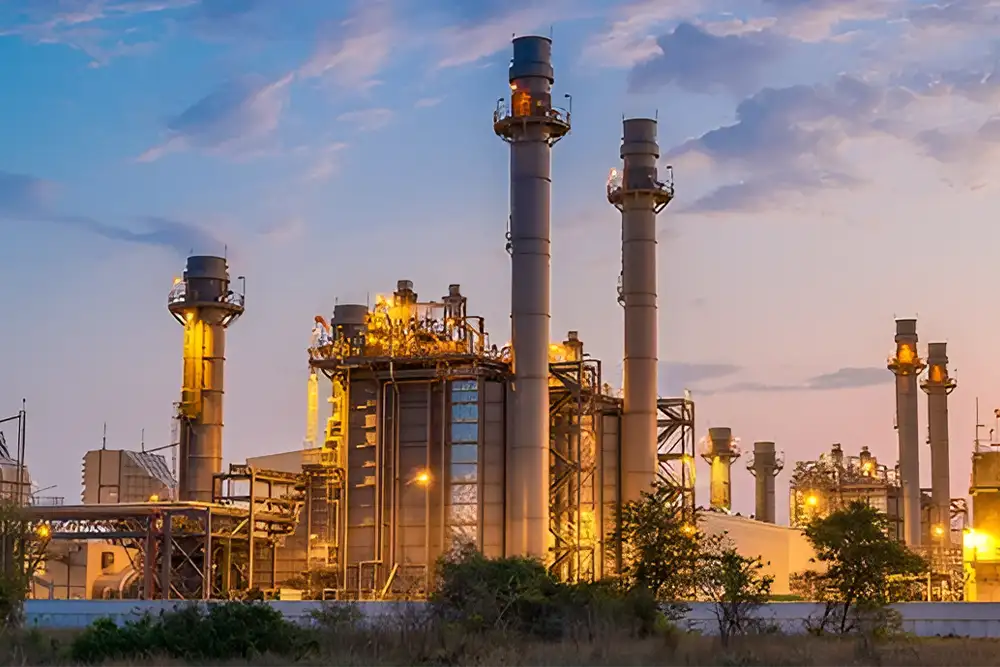In the oil and gas industry, nitrogen plays a vital role in various applications. It is widely used for blanketing, purging, and pressure testing in order to improve safety, reduce corrosion, and enhance operational efficiency. One of the most commonly used nitrogen generation methods is Pressure Swing Adsorption (PSA) technology. In this article, we will explore the ins and outs of PSA nitrogen in the oil and gas industry, including its functioning, applications, benefits, and frequently asked questions. Let’s dive in!
PSA Nitrogen Technology:
Pressure Swing Adsorption (PSA) technology is a widely adopted method for nitrogen generation in the oil and gas industry. It utilizes the principles of gas separation through adsorption. The process involves a pair of adsorption vessels filled with a carbon molecular sieve (CMS). By applying alternating pressure cycles, the CMS selectively adsorbs oxygen, water vapor, carbon dioxide, and other impurities, allowing nitrogen molecules to pass through.
The PSA nitrogen generator consists of four main components:
1. Compressed Air System: Air is compressed and sent to the PSA nitrogen generator for further processing.
2. Adsorption Vessels: These vessels contain the CMS media responsible for nitrogen separation.
3. Control System: The control system regulates the alternating pressure cycles and ensures efficient operations.
4. Nitrogen Storage and Distribution System: The generated nitrogen is stored in a buffer tank and then distributed to the required areas via pipelines.
Applications of PSA Nitrogen in the Oil and Gas Industry:
1. Blanketing and Inerting: In the oil and gas industry, nitrogen is used for blanketing storage tanks, vessels, and pipelines to prevent explosive mixtures by removing oxygen. It creates an inert environment that eliminates the risk of fires and explosions.
2. Pipeline Purging and Drying: Nitrogen is employed to purge and dry pipelines during construction and maintenance. By displacing hydrocarbons and moisture, it prevents corrosion and contamination.
3. Pressure Testing: PSA nitrogen is widely utilized for pressure testing pipelines and equipment to ensure their integrity before commissioning or maintenance. The inert nature of nitrogen enhances safety during these critical operations.
4. Enhanced Oil Recovery (EOR): Nitrogen injection is a common technique used in EOR processes. It helps maintain and increase reservoir pressure, displaces oil, and improves extraction efficiency in both conventional and unconventional oil and gas field.
Benefits of PSA Nitrogen Generation:
PSA nitrogen generation offers numerous benefits in the oil and gas industry:
1. Cost-Effectiveness: By generating nitrogen on-site, PSA technology reduces dependency on traditional nitrogen supply methods such as cylinder delivery or liquid nitrogen, resulting in significant cost savings over time.
2. Operational Flexibility: With an on-site nitrogen generator, operators have the flexibility to produce nitrogen as per their supply requirements, eliminating delays associated with cylinder deliveries and bulk liquid nitrogen transportation.
3. Safety Enhancement: By providing an inert atmosphere for storage tanks and pipelines, nitrogen generated through PSA technology significantly reduces the risk of explosions, fires, and oxidation, enhancing the overall safety of oil and gas operations.
4. Environmentally Friendly: PSA nitrogen generation is an environmentally friendly alternative compared to other nitrogen supply methods. By eliminating the need for nitrogen transportation and reducing energy consumption, it minimizes carbon emissions.
Frequently Asked Questions (FAQs):
Can PSA nitrogen generators handle varying nitrogen demands?
Yes, PSA nitrogen generators can handle varying demands by adjusting the number of adsorption vessels, operating pressure, and sizing of the system.
Are PSA nitrogen generators suitable for offshore applications?
Yes, PSA nitrogen generators can be designed and customized for offshore applications, considering the space, weight, and environmental considerations.
How long is the lifespan of a PSA nitrogen generator?
With proper maintenance, PSA nitrogen generators can have a lifespan of 10 to 20 years, depending on the operating conditions and the quality of components used.
Can PSA nitrogen generators be used in hazardous areas?
Yes, PSA nitrogen generators can be designed for installation in hazardous areas by following appropriate safety guidelines and utilizing explosion-proof components.
What are the maintenance requirements for a PSA nitrogen generator?
Regular routine maintenance, such as filter replacement and monitoring of pressure dew point, is essential for a PSA nitrogen generator to ensure optimal performance and longevity.
Conclusion
PSA nitrogen generation technology has proven to be a reliable and cost-effective solution in the oil and gas industry. Its applications span from blanketing and purging to enhanced oil recovery, providing enhanced safety, operational flexibility, and environmental benefits. By understanding the functioning, applications, and benefits of PSA nitrogen, the oil and gas industry can leverage this technology to improve their operations and ensure efficient nitrogen supply.
